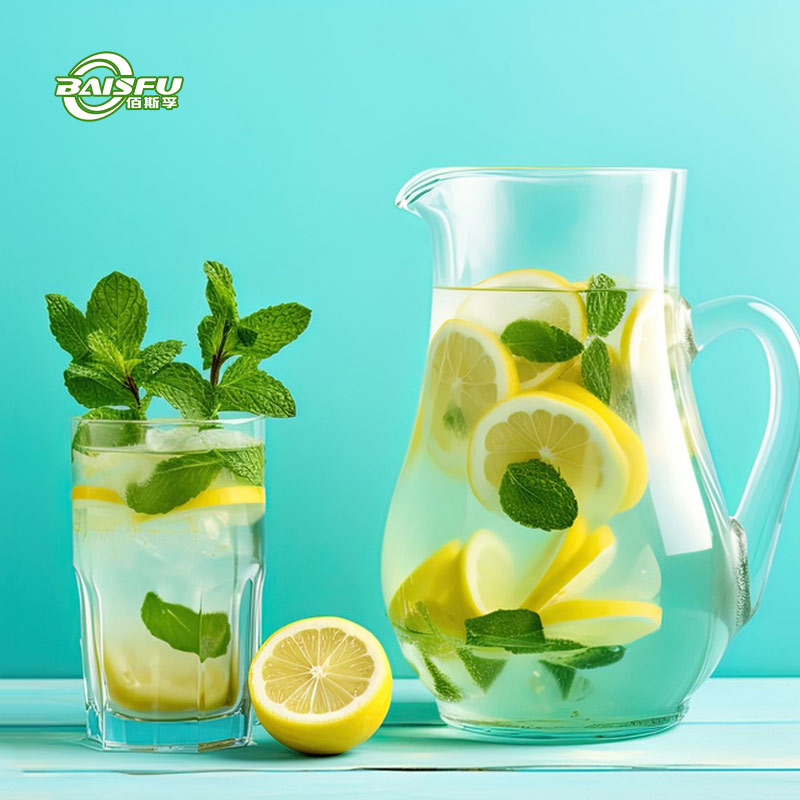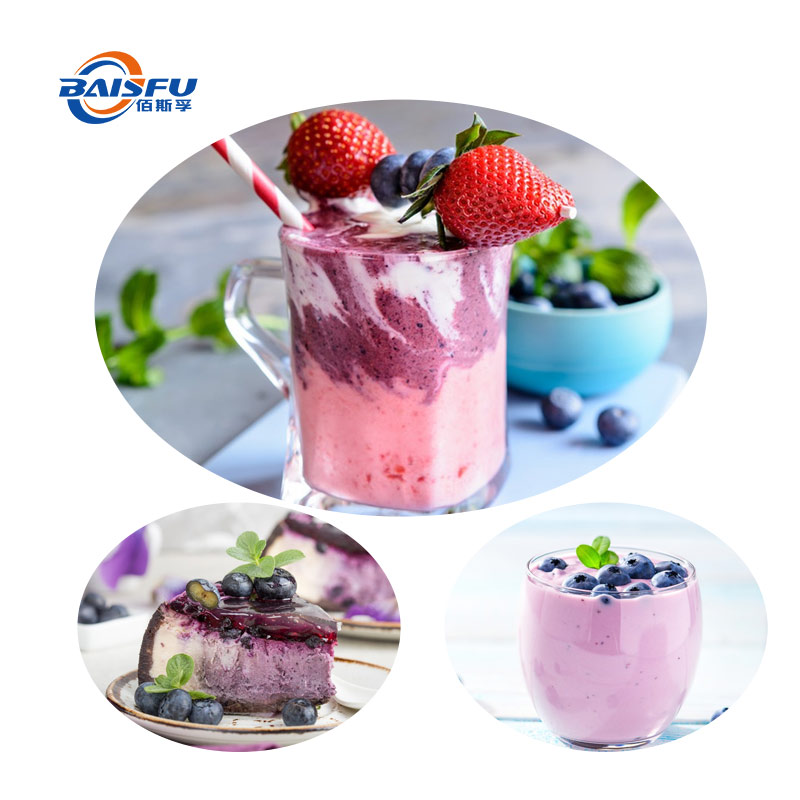Beverage flavors: the "magician" of flavors on the tip of your tongue

1. Four core features of beverage flavors
1. Flavor “magnifier” and “repairer”
Concentrated natural essence: 1 kg of strawberry flavor ≈ several tons of fresh strawberry aroma components, solving the problem of seasonal fruit supply and cost;
Make up for processing losses: high temperature sterilization, homogenization and other processes will destroy the natural aroma, and flavors can accurately “replenish the aroma”;
Create surreal flavors: blend complex aromas such as “starry sky grapes” and “white peach oolong” that do not exist in nature.
2. Scientifically designed “molecular magic”
Natural vs. synthetic:
Natural flavors: extracted from plants/animals (such as citrus oil, vanilla tincture);
Synthetic flavors: laboratory reproduction of key aroma molecules (such as isoamyl acetate to simulate banana flavor);
The two are often used in combination, such as “natural equivalent flavor” (natural ingredients + synthetic supplements).
Volatilization regulation: The aroma release rate is controlled by the proportion of ingredients such as esters and aldehydes to ensure “the aroma is fragrant when the lid is opened and the aftertaste is long when entering the mouth”.
3. Extreme stability and adaptability
High temperature resistance: withstands UHT sterilization (above 135°C) or pasteurization, maintaining the same flavor;
Acid-base compatibility: stable in pH 2 (lemon juice) to pH 8 (plant protein beverage);
Dissolves without traces: water-soluble, oil-soluble or emulsified flavors meet the needs of different matrices (such as transparent beverages need to be completely water-soluble).
4. Low cost and high efficiency
A very small amount of addition can achieve a rich flavor, and the cost is only 1/10 of natural raw materials;
Extend the shelf life of the product and avoid the risk of deterioration caused by oxidation of natural raw materials.

2. Five major application areas of beverage flavors
1. Carbonated beverages: Aroma explosion in bubbles
Classic reproduction: Coca-Cola’s “secret formula” relies on the complex blending of spice flavors (cinnamon, lemon, etc.);
Fruit flavor innovation: Pepsi “Lime Mint” achieves a balance between coolness and fruity aroma through flavors.
2. Juice and plant-based beverages: natural “stand-ins”
NFC juice assistance: 100% juice still needs flavors to repair the volatile aroma lost by high-temperature sterilization;
Plant-based beverages: Oat milk and almond milk use roasted flavors (caramel, nut flavors) to cover up the beany smell.
3. Tea and coffee: a modern expression of oriental charm
Ready-to-drink tea: Suntory oolong tea adds roasted tea flavor to enhance the smoky feeling;
New milk tea: The “cheese milk cap” flavor relies on the combination of cream flavor (δ-decanolide) and sea salt flavor.
4. Functional beverages: dual satisfaction of energy and taste
Sports drinks: Pocari Sweat’s “light salty feeling” is simulated by mineral salt flavor;
Meal replacement shakes: vanilla and chocolate flavors are used to enhance the satisfaction of low-sugar formulas.
5. Alcoholic beverages: the aroma code of tipsiness
Pre-mixed cocktails: RIO’s “White Peach Brandy” relies on the fusion of peach aldehyde and oak barrel essence;
Non-alcoholic beer: restore the malt aroma through hop essence (humulone).

